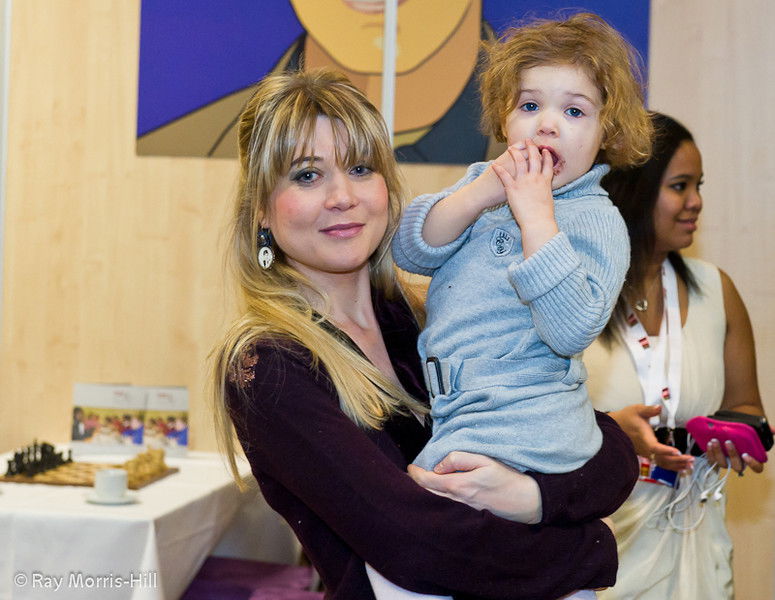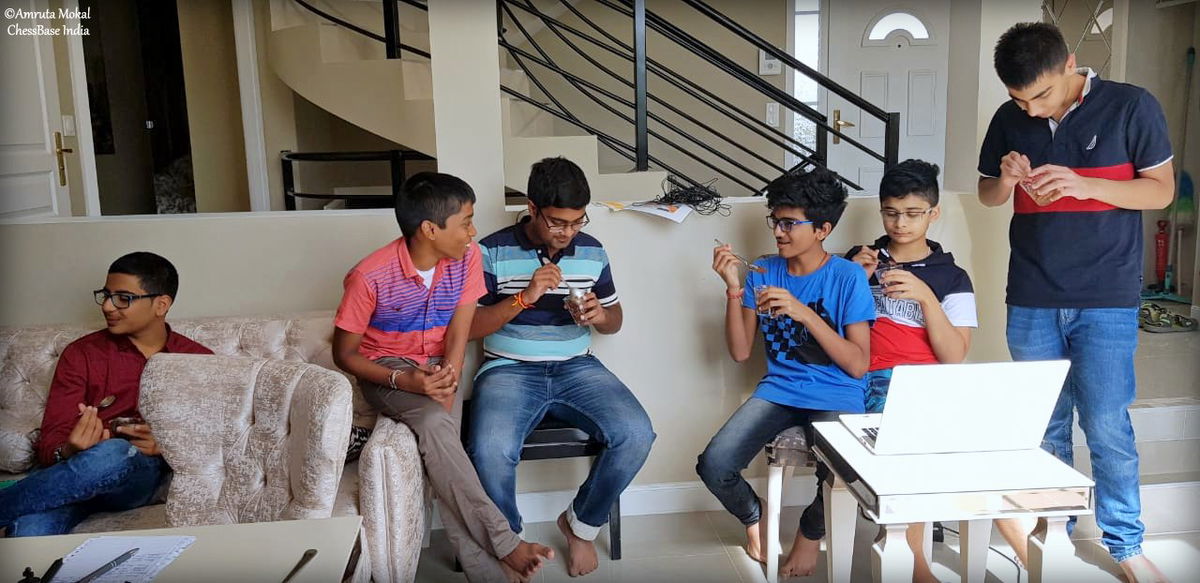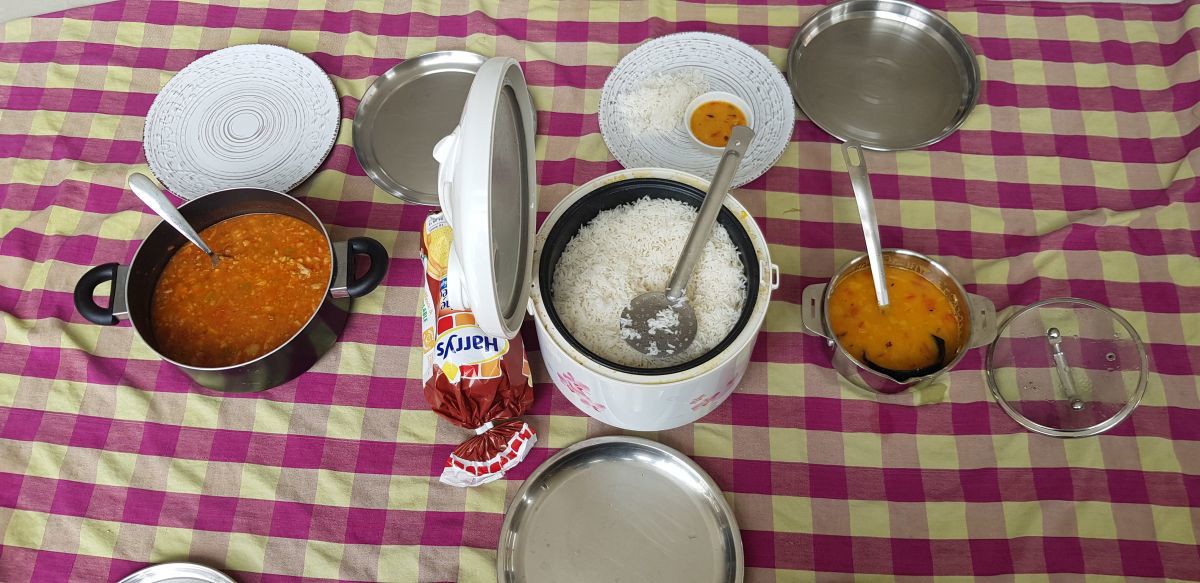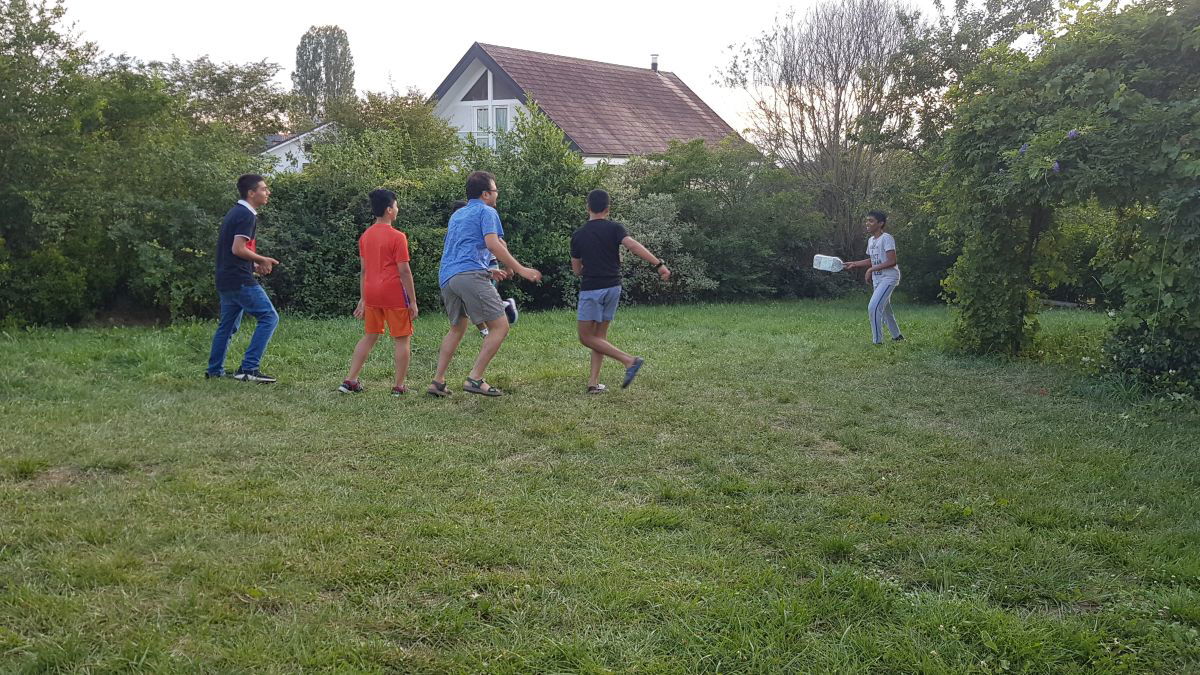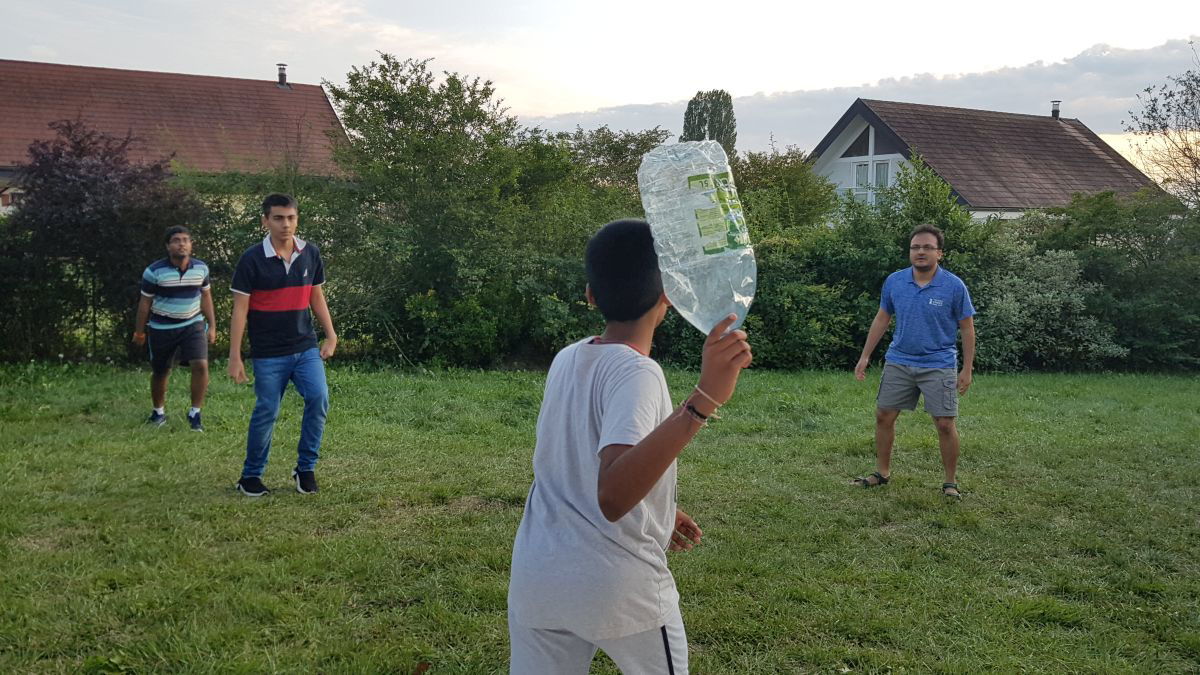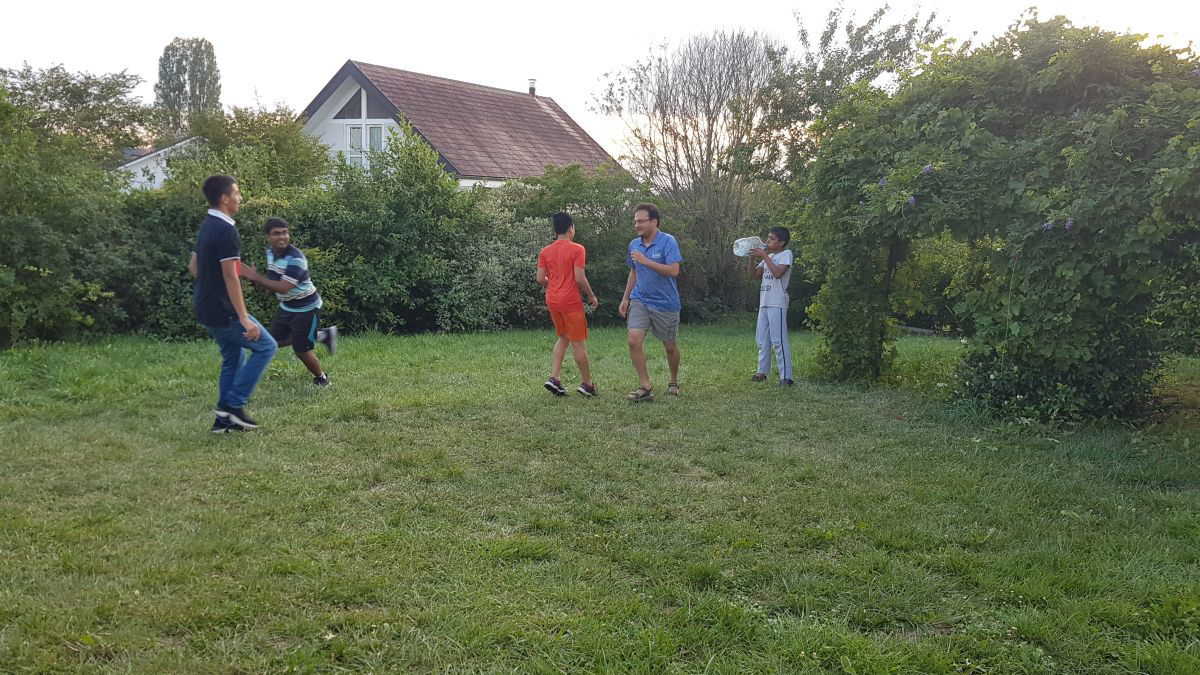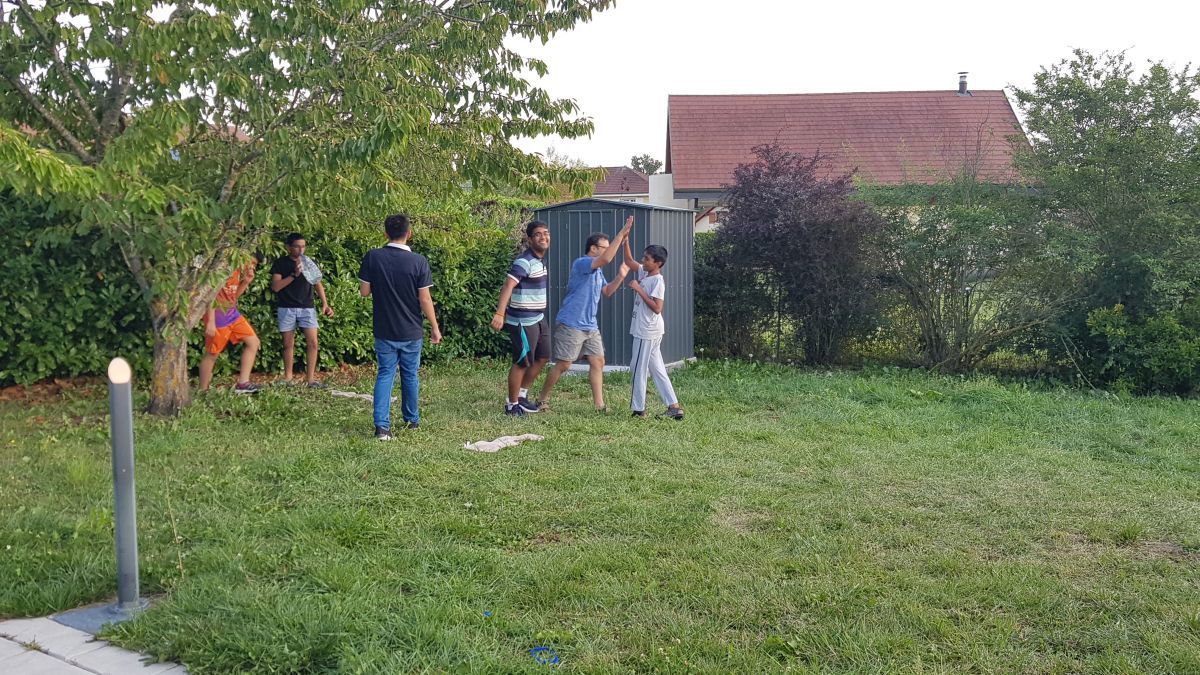Kramnik Microsense India Chess Program Day 7: Secrets of top level opening preparation
"Give a man a fish and you feed him for a day; teach a man to fish and you feed him for a lifetime!" This is a very famous proverb and it is exactly what we are trying to achieve at the Kramnik Microsense India Chess Program. Instead of Kramnik teaching an opening variation which maybe useful for a couple of games, what he decided to share was his technique of opening preparation. How does Kramnik prepare for an opponent? On the 7th day of the camp, he sat down with a laptop, with the six youngsters huddling around him and he practically showed secrets of top level opening preparation. It was an eye opening session for the kids as they understood how a World Champion readies himself for a serious game.

Day seven of the training camp was divided into two parts. In the morning session, the players discussed positional play in great detail, while in the afternoon, it revolved around opening preparation! Let's first discuss about Opening Preparation!
Learning opening preparation from the master
Garry Kasparov was considered as the best opening expert the world had ever seen. So many players were literally knocked out against him right in the opening. But in comes Vladimir Kramnik, who plays a 16-game World Championship Match with Garry and literally outplays him in the first phase of the game. Kramnik's opening preparation was simply brilliant. During the year 2000, the Berlin wall wasn't considered as solid as it is right now. But Kramnik somehow could sense that the opening was much better than its reputation. He could feel that Kasparov wouldn't be in his comfort zone after this opening and he was 100% correct. Not only did he beat Kasparov in the match, without losing a single Berlin game, but also the Berlin went on to become one of the most popular chess openings in the chess world. Clearly, Kramnik was ahead of his time. Later on, Kramnik revived the Catalan and brought so many nuances in it that made it one of the most popular openings in the world of chess. It still is.
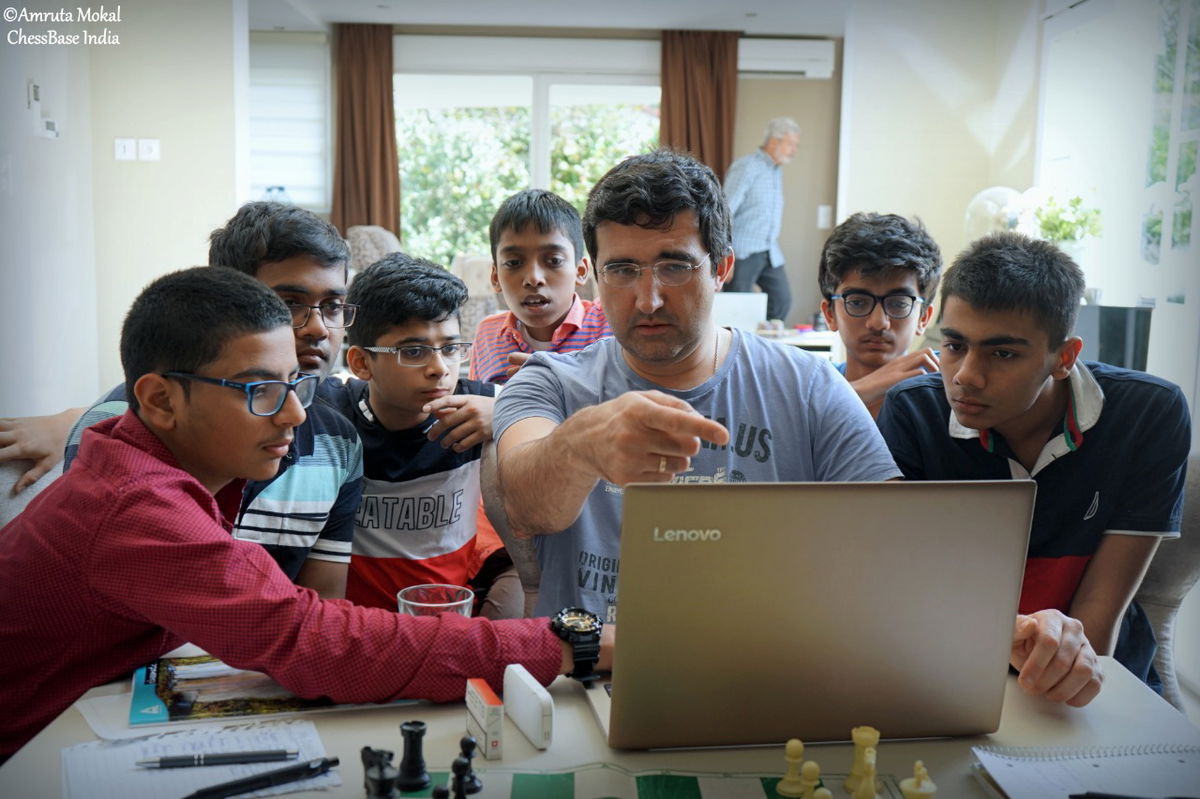
It is pretty clear that rather than learning concrete moves, it was more important to learn Kramnik's art of preparation and how he gets ready for a specific opponent. For this Vladimir asked the youngsters to choose a player who he was not aware of. Once the player was chosen, Kramnik sat down saying, "I am now going to prepare against him as if I am playing a game tomorrow and I have a couple of hours in hand to figure out." The next two hours were just amazing as Kramnik showed how a World Champion prepares.
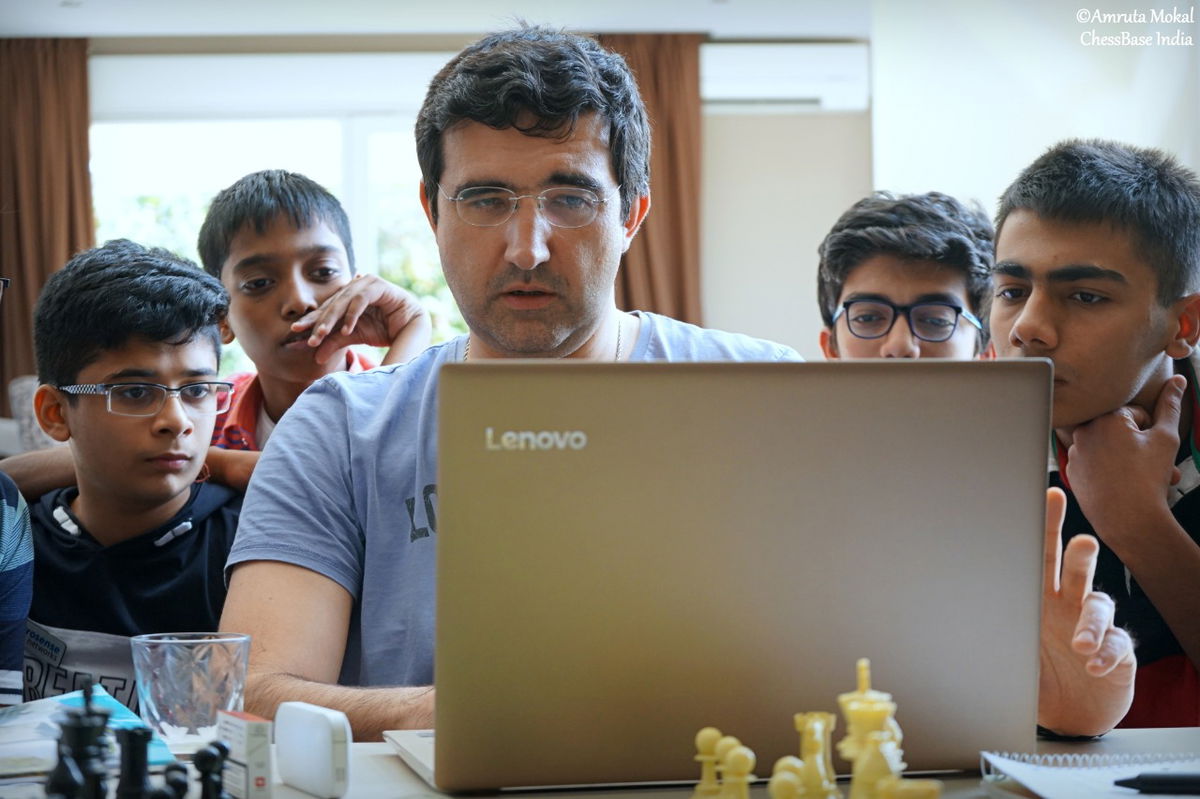
After two hours the youngsters understood that it was not just important to prepare against specific moves for an opponent, but the key also lay in understanding your adversary's playing style. If you look through the entire games and try to understand the player's style then it would help you to take critical decisions in your games. Let's assume that your opponent loves to play tactical positions and is pretty poor at endgames, then you could decide to go for a line that involves the early exchange of queens. And Kramnik gave great importance to this part of preparation before moving into concrete lines. You could say that from the two hours that he prepared, one hour was spent in understanding the opponent's style and the other one in choosing the concrete variation that he wanted to play.
In terms of general preparation and building a repertoire, Kramnik's advice was pretty simple - work on lines that are solid and well known. Look at your opening lines from a long term point of view rather than short term surprise value. For eg. it is well known that an opening like Najdorf is sound and is played at the highest level. It makes sense to put your efforts in this direction rather than preparing an opening like the French or the Pirc. Of course, Kramnik's advice to the youngsters stemmed from the fact that he sees them as potential world top players and not just average grandmasters.
The art of positional play
At the highest level there are certain decisions that need to be made which are extremely complex. It is a synthesis of understanding the general points of the position and also involves concrete calculations. Here's a position that is also our question for the day:
Kramnik vs Michael Adams, Shamkir 2017
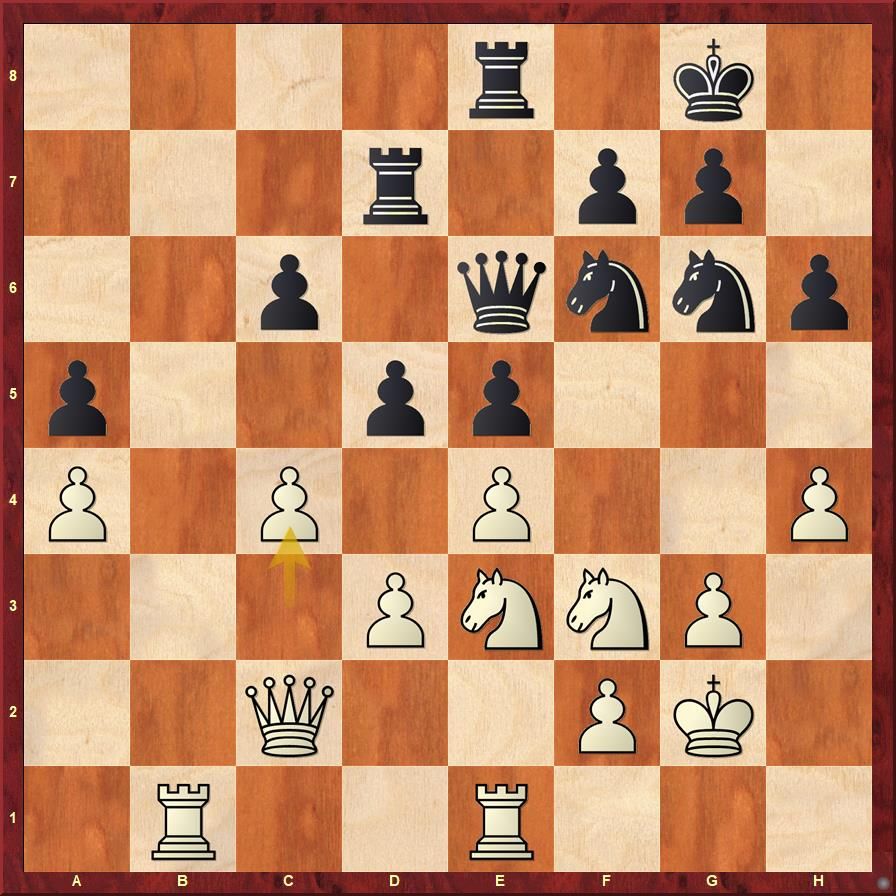
This position arose from the Italian opening and things are around even. Kramnik had been trying his best to pose a few problems to his opponent. Michael Adams is one of the finest positional players in the world. To outplay him from such a position requires Kramnik to put Adams into situations where he has to make tough decisions. Vladimir's last move 26.c4! posed Adams with three options:
1. Would you keep the tension intact in the position with 26...Red8
2. Would you take on e4 with 26...dxe4
3. Would you go for closing the position with 26...d4
Black to play. What would you do here?
Solution to yesterday's question of the day:
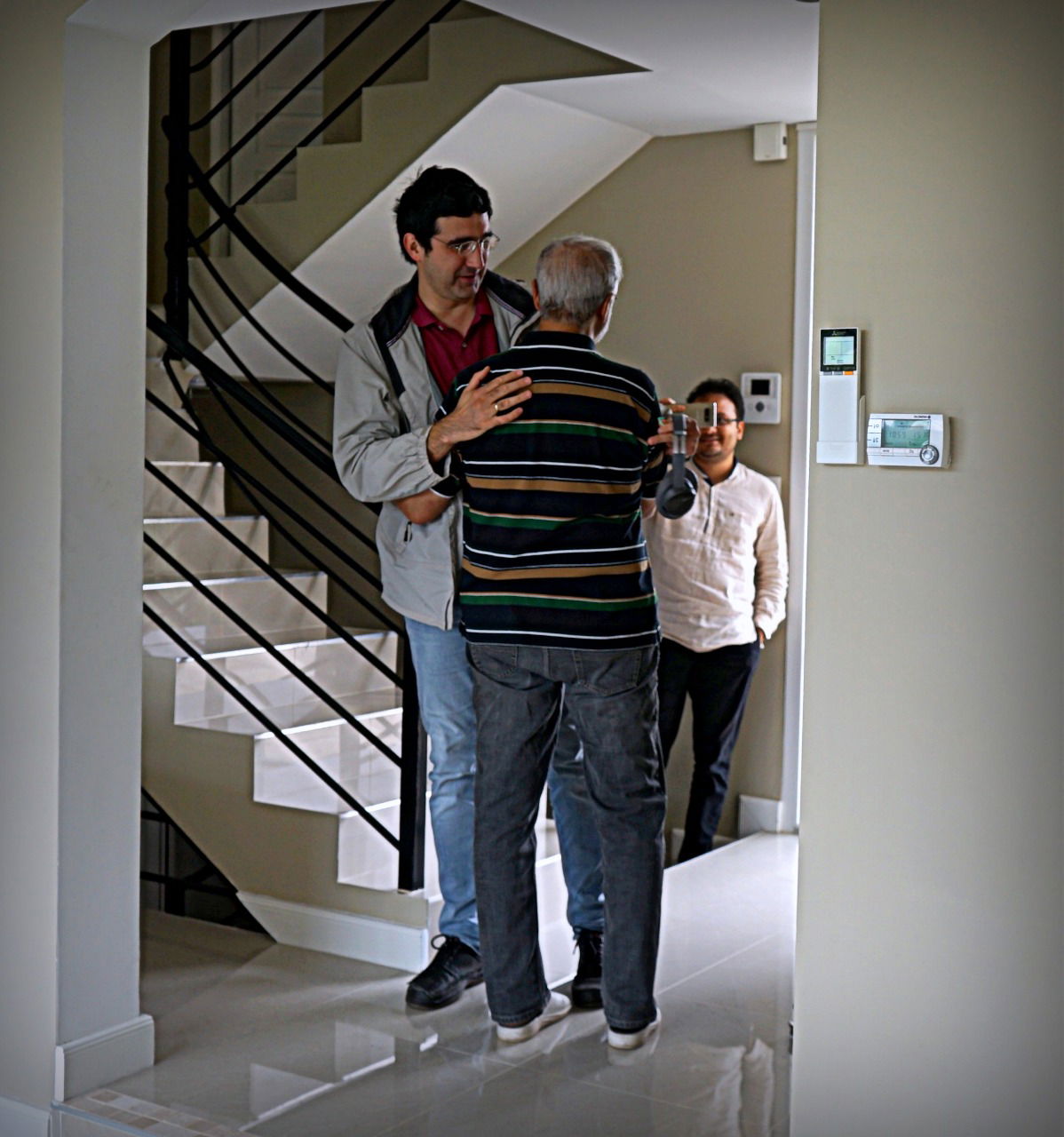
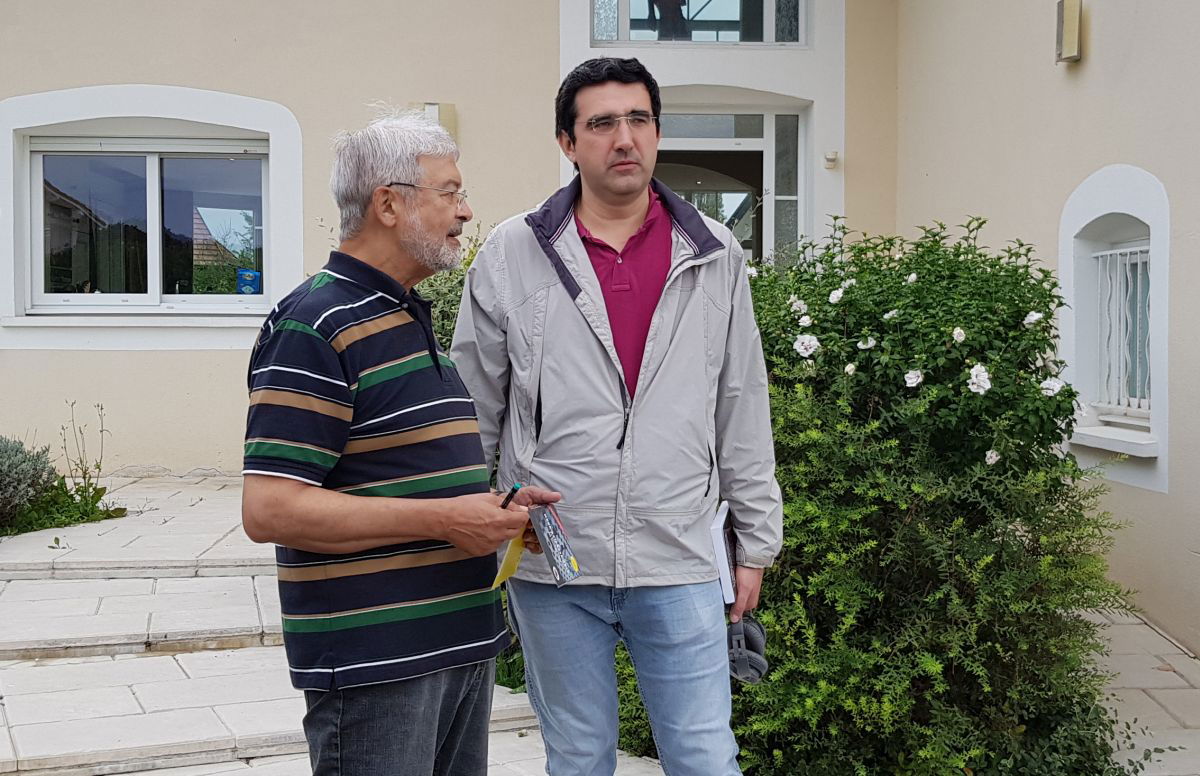
Kramnik vs Timman, 1995
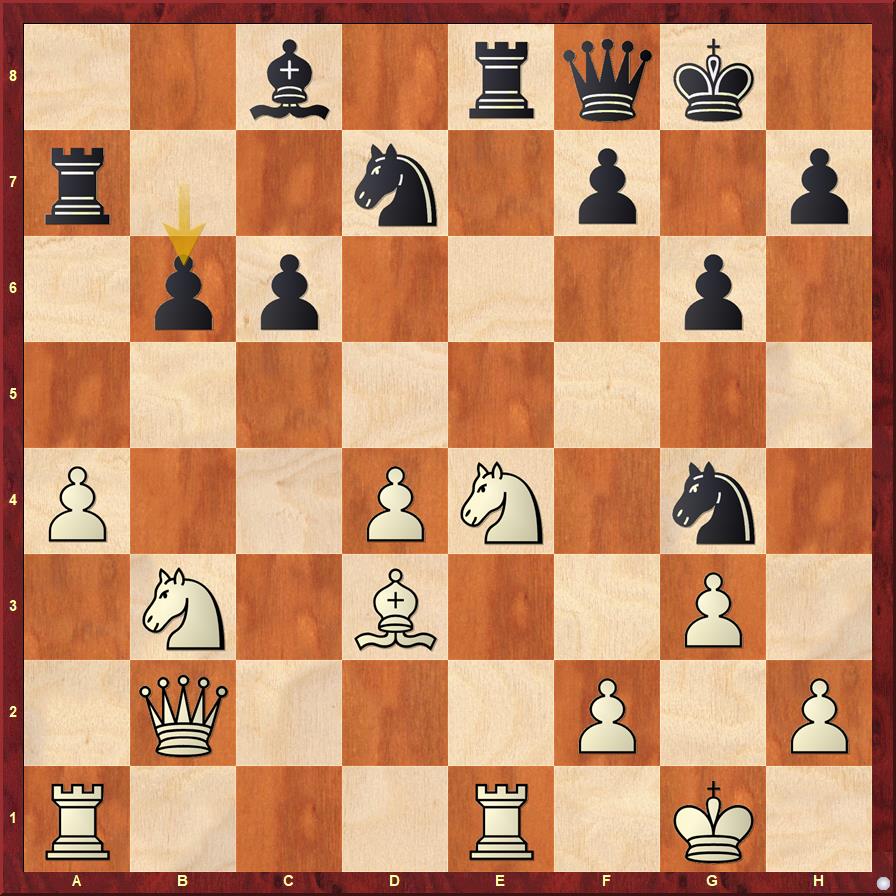
Whenever you look at a position the first thing that should cross your mind is - What is your opponent's plan? In this position Kramnik very quickly realized that Timman wants to play Ngf6 and then control the d5 square in a better way. Hence, he went for the move 23.Nbd2! The knight can go to c4 in future, but more importantly now Ngf6 is no longer possible as after taking on f6, the b6 pawn is hanging. Finding 23.Nbd2 wasn't difficult, but it's one of those moves when made makes your opponent's life extremely difficult.
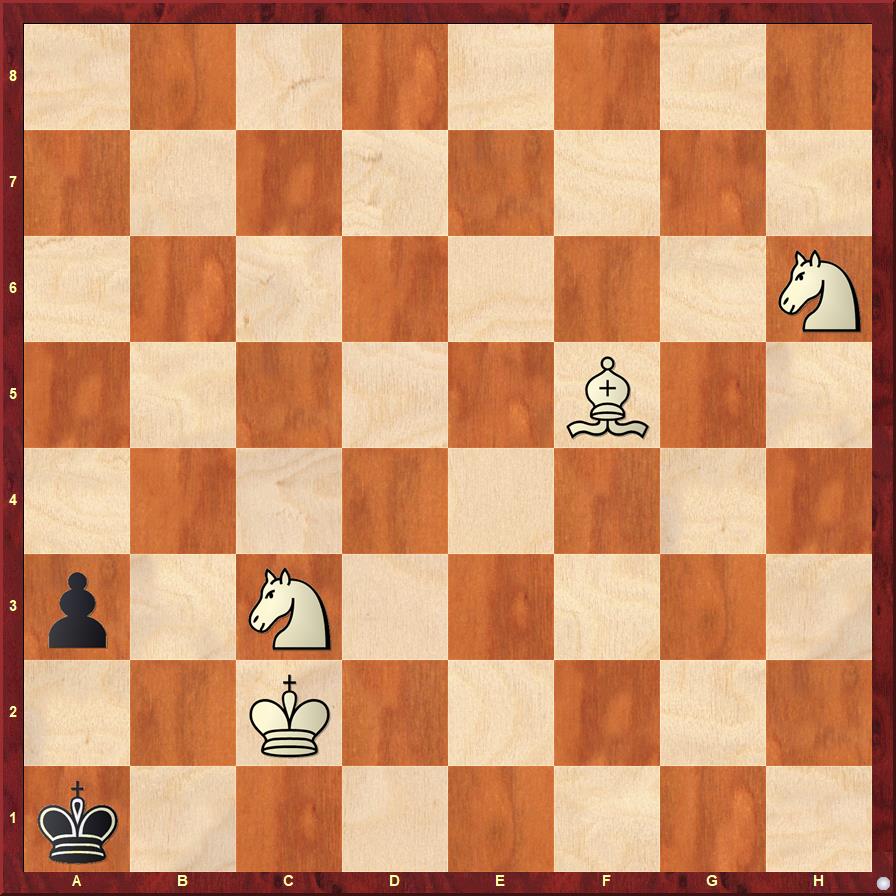
This position was given by Frederic Friedel to the kids. I tried to find the source, but have been unsuccessful. Maybe a reader can help me with it. The solution to the study is quite cute. When you have three pieces on the board, the last thing on your mind is to sacrifice two of them! White begins with 1.Na2! Kxa2 2. Be6+ Ka1 3.Ba2! Kxa2 4.Nf5! The knight comes back via d4-e2-c1 and executes a mate on the b3 square!
Photo Gallery:

